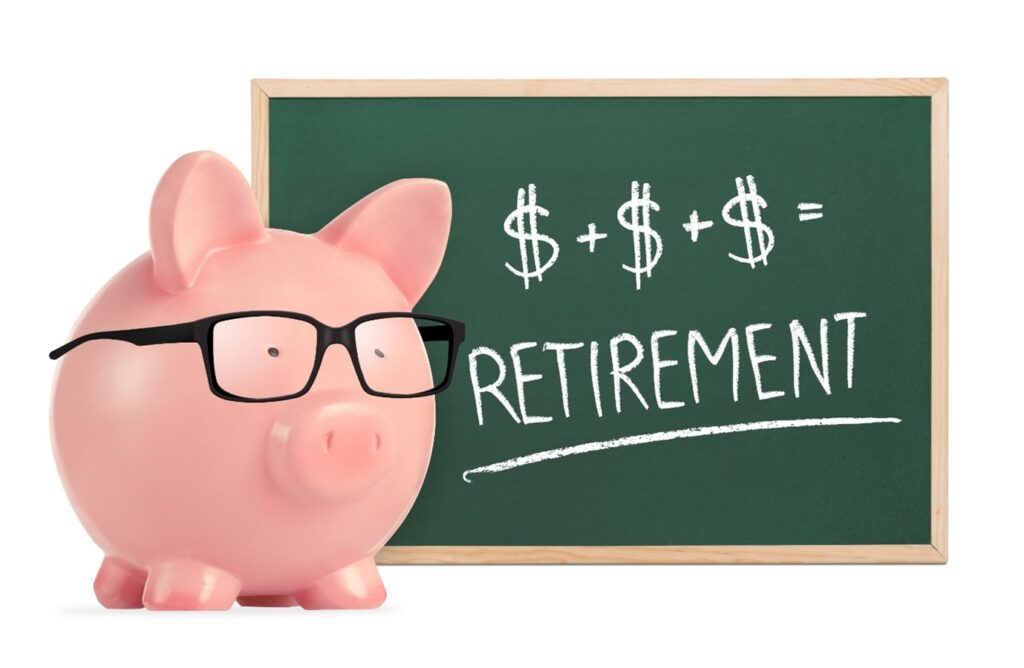
Retirement equals drawing cash from taxable accounts first, doesn’t it? Not necessarily. While many finance professionals state that it’s normally a good idea to use these accounts initially, it isn’t always the best course of action.
There’s no denying that tax deferral is appealing. However, it isn’t the rule of thumb that many retirees believe it to be. Instead, making the right decision about which accounts to tap first necessitates considering specific investments and the characteristics of available accounts.
The Creation of The Cash Bucket
Firstly, individuals should make a cash bucket containing two to five years’ worth of living expenses. Kevin Canterbury, the Managing Director of Redstone Capital Management, advises putting this money in market funds, short-term bonds, CDs, or Treasure bills to ensure safety and liquidity.
A diversified portfolio is volatile. So, individuals who know where their groceries and mortgage payments are coming from for a handful of years are better able to deal with the potential volatility.
This cushion should be the foundation of people’s retirement accounts. However, it required replenishing with every passing year, meaning retirees must consider which assets to liquidate and which to draw from at the time.
Why Tax Deferral Isn’t All Sunshine and Roses
Unfortunately, IRA tax deferral can’t go on forever. As per federal law, citizens must begin taking minimum distributions when they reach 72 years old. The main downside here is this — the larger a person’s account, the bigger the distributions, and, thus, the more tax they will pay.
Before hitting 72, withdrawals can be calibrated to achieve the perfect balance of having enough money to survive and not paying shed loads of tax.
But after 72, this control dwindles. Individuals with larger accounts may be thrown into the higher tax bracket, skyrocketing payments to unimaginable levels.
Luckily, with a proper account-tapping strategy, retirees can draw from their accounts earlier, paying taxes sooner but at much lower rates.

The Importance of Investments
Retirees can achieve tax deferrals within taxable accounts.
Many professional financial planners suggest buying and holding growth stocks. Provided an individual’s risk tolerance is suitably high, they can effectively turn taxable accounts into tax-deferral tools and receive monetary returns from the IRA.
People in favorable economic situations won’t need to sell their assets, making their heirs incredibly happy since they won’t suffer capital gains tax on the appreciation experienced by their predecessors.
However, advisors urge those with high-risk aversions to create an income-oriented portfolio filled with high-dividend stocks or bonds. In these scenarios, retirees can take income from the taxable account, postponing minimum distributions.
Roth Comes Last
Individuals aren’t required to take minimum distributions from Roth accounts at 72 years old. Therefore, they should tap this account last, as per their financial planner’s recommendations.
Keeping an Eye on Legal and Regulatory Changes
Unfortunately, there is no one-size-fits-all formula for financial retirement planning. But those who consider their needs, risk tolerance, and tax environments are better equipped to tap the best accounts first.
